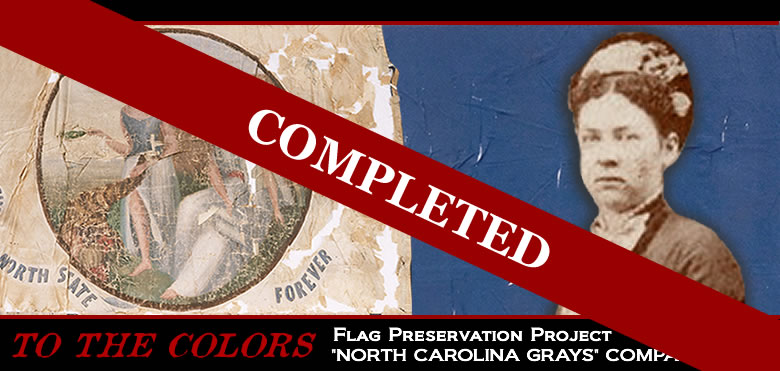THE NORTH CAROLINA GRAYS
WILL THEIR FLAG EVER FLY AGAIN?
By Frederick Walton - 6th NCST Historian
D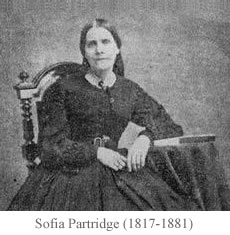 eep in the bowels of the North Carolina Museum of History, in a dark storage drawer, lies the once proud flag of the North Carolina Grays. Lovingly hand stitched out of fine silk by the young ladies of the Cedar Fork community in Wake County, North Carolina, the State Seal hand painted by accomplished artist, Sophia Partridge, the flag was presented with pride to the brothers, fathers, uncles and husbands about to go to war. Today the flag is not only forgotten, it is falling to pieces.
eep in the bowels of the North Carolina Museum of History, in a dark storage drawer, lies the once proud flag of the North Carolina Grays. Lovingly hand stitched out of fine silk by the young ladies of the Cedar Fork community in Wake County, North Carolina, the State Seal hand painted by accomplished artist, Sophia Partridge, the flag was presented with pride to the brothers, fathers, uncles and husbands about to go to war. Today the flag is not only forgotten, it is falling to pieces.
When the threat of war swept through North Carolina, a young school master named Richard York suspended classes at the Cedar Fork Academy in western Wake County and drilled his pupils, forming one of the earliest militia companies in North Carolina. Both the young boys and girls enthusiastically practiced drilling, but ultimately it was the young men that would march off to fight. The young ladies, wanting to contribute, formed the Cedar Fork Soldiers Relief Society to help their young men survive the ordeal with some of the comforts of home. “We wish to do something in the defense of our country, that our desire is to render the burdens of those whose duty it is to take a more active part in the defense of the same, as light as possible.”
Presenting the boy soldiers with “a handsome flag” to remind them that the folks at home were thinking of them was a primary stated objective of the society. On one side of the Blue silk banner is a single gold star in the white canton framed with their company name “THE NORTH CAROLINA GRAYS” and the reminder “PRESENTED BY THE LADIES OF CEDAR FORK”. On the front of the flag, beneath the Canton’s hand painted State seal, was emblazoned the motto “THE OLD NORTH STATE FOREVER” to remind the boys to do their duty, even when far away from home.
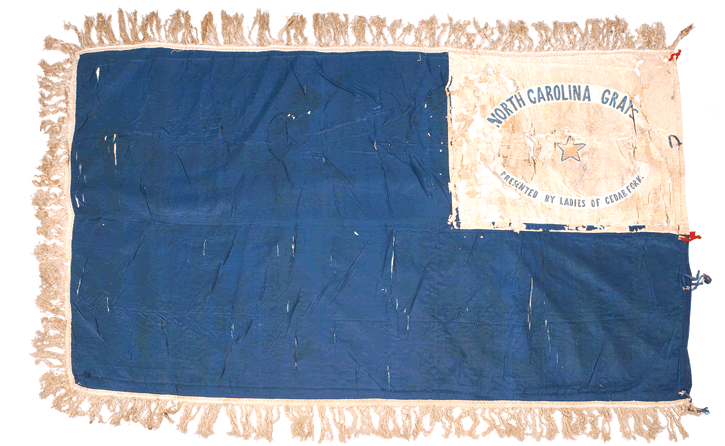
North Carolina Grays Company Flag , artifact 19xx-330-174,
North Carolina Museum of History, Raleigh, N. C.
It was presented to the young soldiers during a day long celebration on June 1, 1861 in Morrisville, N. C. attended by throngs of citizens wishing to show their support. The day started with Captain York smartly drilling his men “to the satisfaction of the expectant crowd”. Fifteen year old Miss Fanny Lyon, sister of one of the recruits, stepped forward to give a passionate speech charging them to “aid in the defense of our rights” and presenting to “the brave sons of this vicinity, this beautiful ensign.” Newly appointed Lieutenant, Malcus Williamson Page accepted the flag and in an equally passionate speech remarked that the sight of the flag would give them cheer and refresh their spirits. He pledged to keep the flag safe through the trials ahead. A number of other prominent local gentlemen took this opportunity to address the crowd before being dismissed to a spurious repast prepared by the ladies of the neighborhood, that was enjoyed by all attending. The closing event was a sermon and presentation of bibles before the soldiers marched off to war under the silken banner floating in the breeze above their heads.
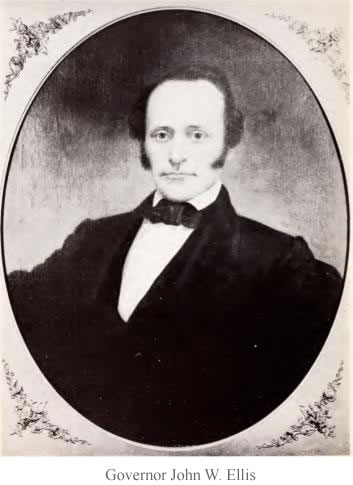 The North Carolina Grays, now Company I of the Sixth North Carolina State Troops, joined their new comrades at Camp Alamance, in Company Shops, N. C. (present day Burlington) for training. Stopping in Raleigh, on their way to the seat of war in Virginia, they were called on to escort the body of recently deceased N. C. Governor John B. Ellis where the Company flag was used, possibly the only time it flew in an official capacity. Once they joined the Sixth Regiment, a regimental flag would have been flown, rather than their company flag. Captain York recalled that many of the men took trunks, to carry some of the comforts of home to the battlefield. Finding them cumbersome and unwieldy during campaigning, the trunks where put into storage sometime in the fall of 1861. The flag and York’s dress uniform had been packed in his wife’s borrowed Saratoga trunk. This was the last the men ever saw of the flag.
The North Carolina Grays, now Company I of the Sixth North Carolina State Troops, joined their new comrades at Camp Alamance, in Company Shops, N. C. (present day Burlington) for training. Stopping in Raleigh, on their way to the seat of war in Virginia, they were called on to escort the body of recently deceased N. C. Governor John B. Ellis where the Company flag was used, possibly the only time it flew in an official capacity. Once they joined the Sixth Regiment, a regimental flag would have been flown, rather than their company flag. Captain York recalled that many of the men took trunks, to carry some of the comforts of home to the battlefield. Finding them cumbersome and unwieldy during campaigning, the trunks where put into storage sometime in the fall of 1861. The flag and York’s dress uniform had been packed in his wife’s borrowed Saratoga trunk. This was the last the men ever saw of the flag.
At a later date, A Federal cavalry detachment chasing some Confederate “bushwhackers” came upon a cabin containing the trunks, where they has been stored by the North Carolinians when leaving their winter quarter in the spring of 1862. Upon searching the trunks, The Federal’s found and confiscated the contents including spare Confederate uniforms, underwear, linens and the barely used company flag of the “North Carolina Grays”.
During the following war years, Company I and their comrades earned their nickname, “The Bloody Sixth” by becoming experienced combat veterans of nearly every campaign fought by the Army of Northern Virginia. Their precious flag was the last thing on their minds.
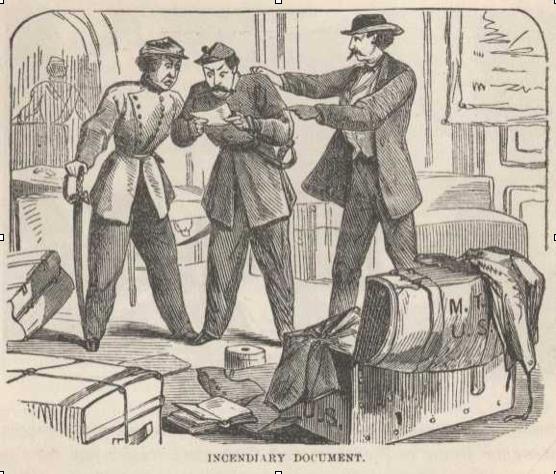
 After the war, the men heard their trunks had fallen into the hands of the Yankees, some blaming it on the treachery of the man left in charge of their belongings. As the soldiers got on with their lives and the battles became distant memories, the men defended their honor by reminding any who questioned them that their flag was stolen, not captured in battle. It had become such a foggy memory that some of the post war descriptions of the flags details were now being “mis-remembered”. York described the flag in 1892 as “On one side the arms of North Carolina and on the other a pine tree in a coiled rattlesnake”. He was only half right. The pine tree motif was more commonly seen on the regiments buttons.
After the war, the men heard their trunks had fallen into the hands of the Yankees, some blaming it on the treachery of the man left in charge of their belongings. As the soldiers got on with their lives and the battles became distant memories, the men defended their honor by reminding any who questioned them that their flag was stolen, not captured in battle. It had become such a foggy memory that some of the post war descriptions of the flags details were now being “mis-remembered”. York described the flag in 1892 as “On one side the arms of North Carolina and on the other a pine tree in a coiled rattlesnake”. He was only half right. The pine tree motif was more commonly seen on the regiments buttons.
By the 1890’s the old soldiers were beginning to reconcile their differences. On the morning of January 30, 1892, veterans of the North Carolina Grays must have been surprised to read a letter from a Yankee, in their local newspaper, addressed to them. “I am writing you this letter” wrote Major Thomas W Higgins, of the 73rd regiment of Ohio Infantry, “I now propose to return the flag to the survivors of the “North Carolina Greys (sic)”. Higgins explained how he was in charge of the expedition that captured the flag and has had it in his possession, adding that it is “in a tolerably good state of preservation”. He had previously offered it to former N. C. governor Holden at the end of the war, on the condition that “a company be raised to sustain the Union” but in the spirit of reconciliation was now offering it without any conditions.

Newspaper Headline from the State Chronicle
He received a volley of letters from veterans each directing him how to return the flag, but it was’t until the Chatham Record newspaper suggested in an editorial that the flag return be part of a veterans reunion that Richard York, now known as Major York, organized a committee to plan a gala reunion and accept the flag. The Governor was invited, and on October 7, 1892 over 3,000 showed up in Morrisville, N. C. to see the North Carolina Gray’s get their flag back, at the same place it was originally presented to them. Among the attendees was Mrs. Fannie Lyon Lowe, who presented the flag 31 years earlier. Over 200 local veterans were in attendance. Of the 152 men serving in the company throughout the war, only 67 were left. When reading Company I’s roll, 31 members were present to answer “here”.
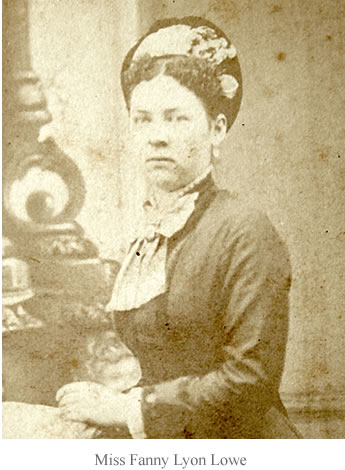 The primary event was Major Higgin’s presentation of the Flag to Major York, who in turn presented it to the Governors representative who proudly accepted it, remarking that it would be “tenderly placed in the State Library at Raleigh, to remain an everlasting reminder of the bravery and devotion”.
The primary event was Major Higgin’s presentation of the Flag to Major York, who in turn presented it to the Governors representative who proudly accepted it, remarking that it would be “tenderly placed in the State Library at Raleigh, to remain an everlasting reminder of the bravery and devotion”.
Ironically, through this much publicized event the flag became better known and viewed than when it was originally presented in 1861. The tattered relic became a symbol of the lost cause. Besides being on display at the North Carolina State Library, it was present at the dedication of the N. C. Confederate Veterans memorial on May 20, 1895 and flew over more veterans parades than it ever flew over Virginia battlefields. And yet it is a reminder of North Carolina’s heritage. Lovingly made by the daughters of the old North State to demonstrate their devotion, it was presented to the brave young men of their community who answered the call of their state government, many, never to return. This silken banner is a tangible reminder of the devotion of North Carolinians who lived and died a century and a half ago, but whose blood still runs in the veins of their descendants.
Sadly, this flag, like many artifacts from this time period are now in danger. All artifacts can decay over time when not properly conserved due to the adverse effects of light, temperature, humidity and pollutants in the air. Professional conservation can preserve this flag for future generations, but it will be costly. This fragile flag, in the collection of the North Carolina museum of History (19xx-330-174), will cost an estimated $13,269 to conserve before it can be put on display. We are concerned that this particular artifact may perish without our help. Many institutions have limited funding to conserve their collections, which is why The Cedar Fork Rifles Preservation Society, Inc. has begun a fund raising campaign in partnership with the museum. North Carolina has been a diligent stewart of this flag for over a century, but now is the time for us to act. The veterans who gave this flag to the state wanted it to be preserved and seen as a reminder of the sacrifices of her citizens. So do we.
Please join us in making this project a reality.
